For most of human history, the humble clove, one of the most common spices in our kitchen cabinets, was one of the rarest in the world. Plucked from the tropical evergreen trees of the Myrtaceae family, these tiny, sundried buds from the clove plant Syzygium aromaticum were not only prized for their sweet and spicy flavors but also for their value in medicine and food preservation. Historically, they were high in global demand but limited in production and trade, making them some of the most expensive spices in the world. Even with price fluctuation, they were costly by today’s standards. In fifteenth-century Britain, for instance, it would have cost five days’ hard-earned wages for a skilled artisan to purchase a pound of the exotic spice. Today, the price of cloves in the United States can vary, from $20 to $40 per pound. They are readily available for purchase in neighborhood supermarkets and on the internet.

Cloves weren’t always associated with the winter season—as warm spices laced in holiday drinks or seasoning added to sumptuous meals—as they are today. For most of the plant’s history, they grew nowhere near places that had the four seasons familiar to us in North America. Rather, they grew in the dry and wet monsoon climes of Southeast Asia. In fact, they originated from a remote chain of mountainous islands along the western rim of the Pacific Ocean in present-day Indonesia, the world’s largest archipelago. Their geographical spread used to be limited to a small number of Maluku islands, especially Ternate, Tidore, Bacan, Moti, and Makian, where Islamic sultanates and indigenous kingdoms controlled their local production and trade. While Indigenous laborers planted, cultivated, and harvested the plant, it was the Arab and Chinese merchants who engaged in their long-distance trade. They introduced the sweet-smelling spice to premodern European and Mediterranean markets, along the Silk Road and across the Indian Ocean.
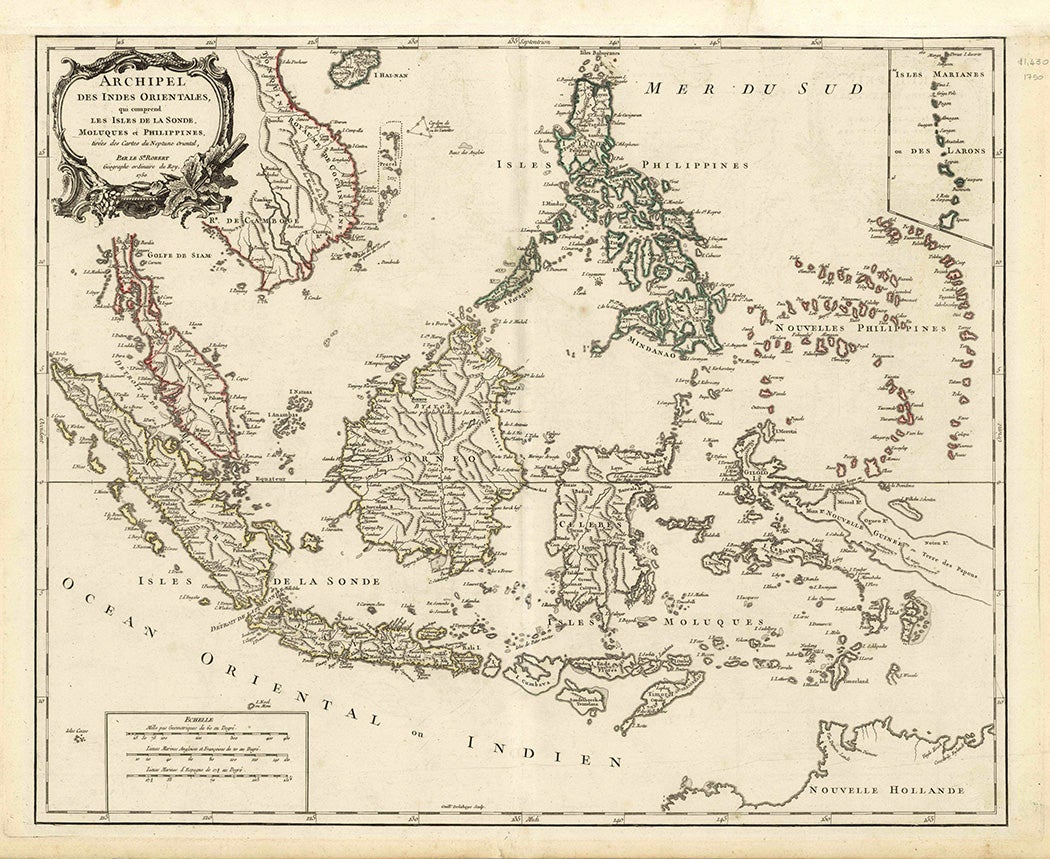
Merchants and states went in search of profit. So began the early modern spice race in the fifteenth century. European states and corporations—including the English, Spanish, Portuguese, and the Dutch—competed in the trade of valuable spices. In the early sixteenth century, those working under the Portuguese imperial administration of Estado da Índia were the first to overtake parts of this spice-producing region of eastern Indonesia, expanding their commercial operations by adapting to existing inter-Asian connections across the Indian Ocean. By the seventeenth century, however, it was the Dutch merchants, working under the United Dutch East India Company (Vereenigde Oostindische Compagnie, or the VOC), who dominated the commerce in profitable cloves. In their determination to control the spice trade and to run the operations of an overseas corporation that stretched across the Indian Ocean—from the Cape of Good Hope on the southern tip of Africa to the human-made island of Deshima in Japan—the VOC created its first post of Governor General in Ambon in 1610. While Ambon was counted as one of the smaller spice islands in Maluku, it was, for a brief moment, the very heart of VOC operations in the East Indies. The European trade in spices went hand in hand with the growth of early modern empires.
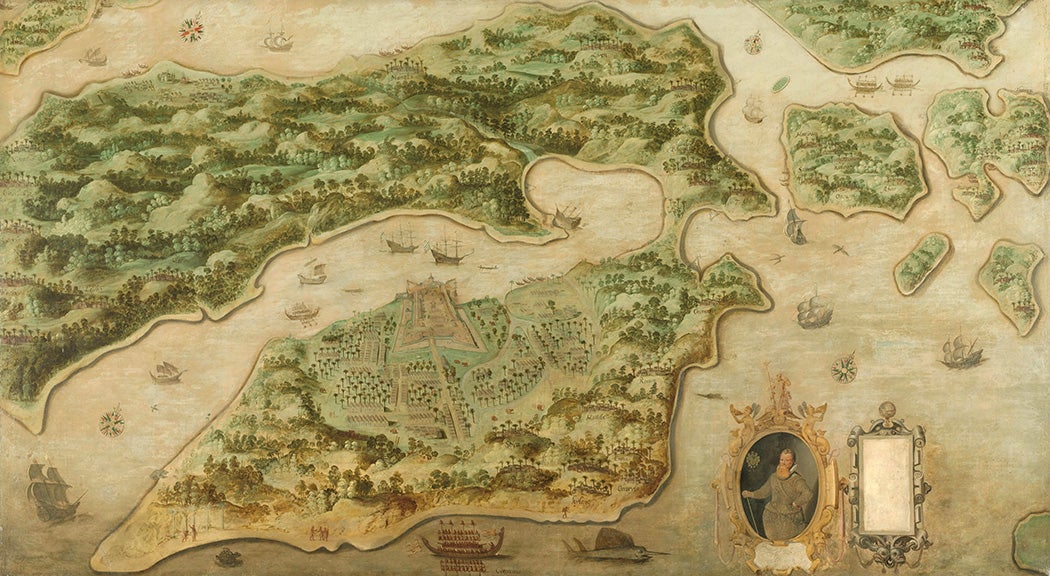
Clove trees grew abundantly in the Maluku Islands. The VOC’s attempt to monopolize the global spice trade was not only about economic competition with other European powers but also about controlling the geographic dispersal of clove trees. Hence the Company’s extirpation policies, which involved sending soldiers and laborers to different islands or contractually obligating local sultanates, to uproot and burn spice trees. This strategy was an attempt to exterminate as many clove trees that existed outside of Company control as possible. But the seeds continued to spread. Colonial administrators claimed that the people on Ambon would continue to filch unripe cloves, either to transplant them elsewhere or to sell to local merchants. But another source of their worry, one which has gained less attention in this history, was the birds.
For cloves to be made into commercially valuable spices, they had to be plucked and dried at the right moment—after the clove buds began to flower but before they ripened into fruit. As VOC administrators knew, once cloves became ripe, the islands’ birds would descend from the sky, not only to eat a large amount of the fruit but also to spread an equally large amount of their seeds. They noted that different kinds of birds, including doves, hornbills, and the tall and flightless cassowaries, spread clove seeds.
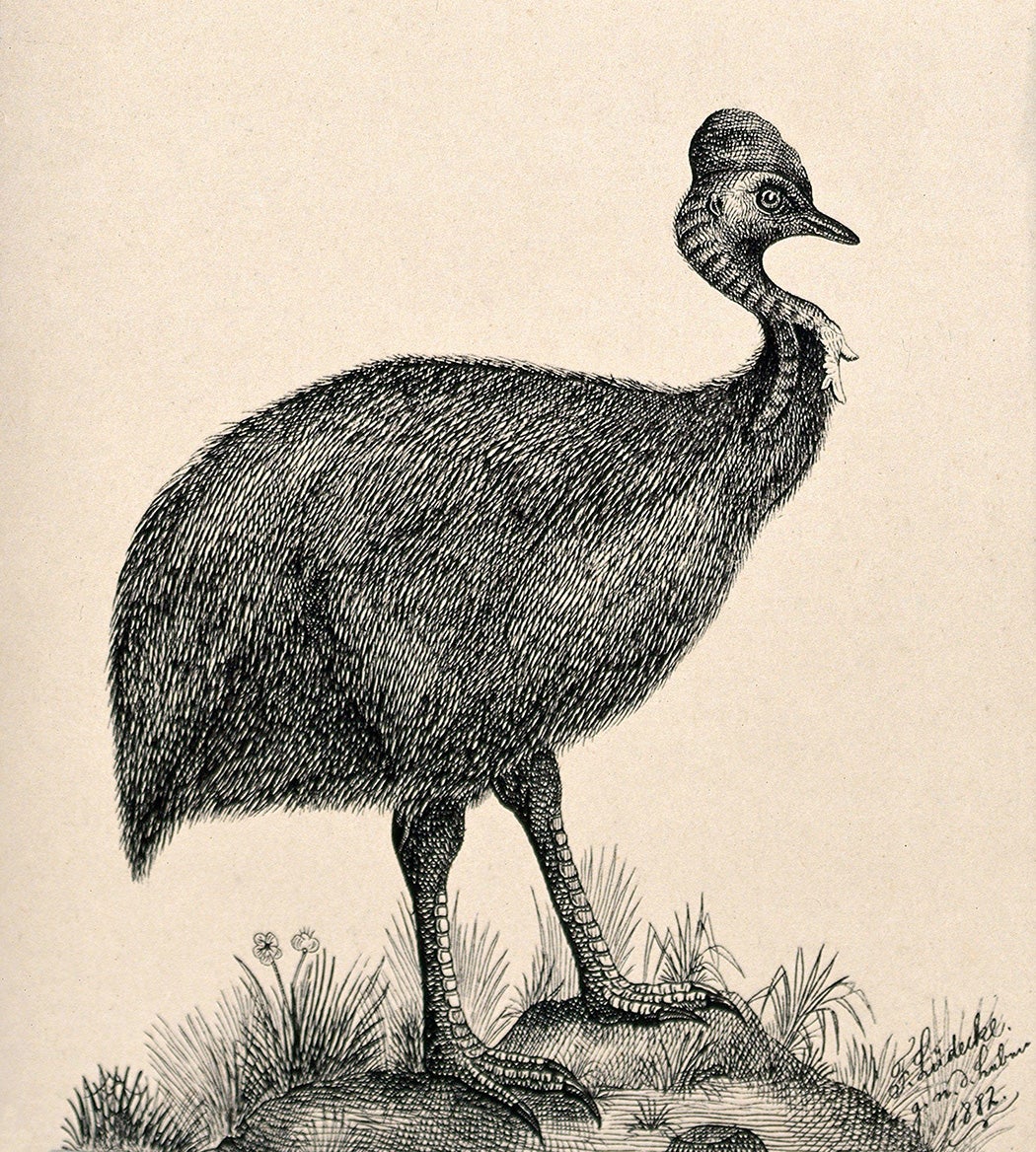
The attempt to control the clove plant was thus based on a combination of ecological and commercial considerations. It wasn’t enough to have a general understanding of how the life cycle of the plant—from clove bud to ripe clove fruit—determined the commercial viability of a spice. Administrators were also forced to understand how this life cycle affected other beings and their desires, in this case, the avian appetite. And that they could not entirely control.
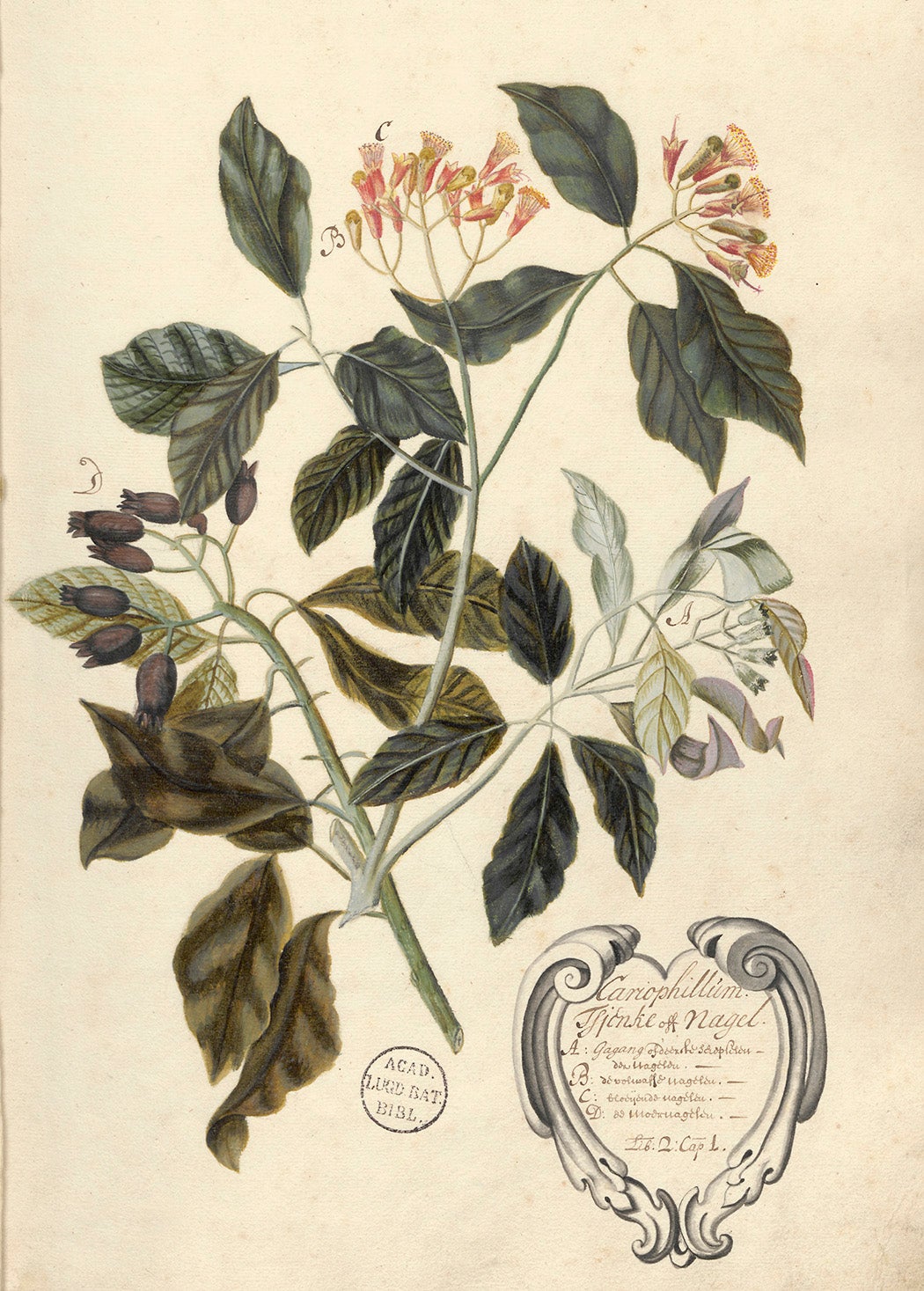
Cloves were valued as condiments in cookery, but they were highly prized for their medicinal properties. The VOC administrator and naturalist Georg Everhard Rumphius (1627–1702)—the “blind botanist” of Ambon—described it as “one of the most beautiful, graceful, as well as the most valuable of all my known plants,” in his now famous Ambonese Herbal (De Amboinsch Kruydboek). He attempted to describe why the clove tree was “the most valuable,” recording information not only about its morphology, seasonal growth, and commerce, but also about its Indigenous uses and applications for the body.
Local knowledge involved a mix of beliefs about the clove’s healing properties and its other, lesser known, potencies. Cloves were often ingested with food, drunk as tea, and smoked with tobacco. Indigenous people in Ambon ate cloves mixed with the bark of another evergreen tree, the Alstonia, as an appetite stimulant. They also ingested the spice to allay flatulence and colic and applied it topically to relieve painful aches in the limbs. Rumphius noted that according to local intermediaries, the plant held all kinds of natural and supernatural powers. The island’s women, both Indigenous and Chinese, used it in secret as aphrodisiacs, believing it had the power to increase sexual appetite. Indigenous men across the archipelago used cloves in times of war, thinking that it rendered them invisible, and therefore invulnerable, to enemy attacks.
Weekly Newsletter
While the Dutch attempted to maintain their profitable monopoly of the spice trade, by the last half of the eighteenth century, clove seeds eventually spread to other parts of the Indian Ocean world, enriching other empires. For instance, in 1770, the French planted contraband clove seeds in the East African island of Mauritius, where it then spread to other islands. By the early nineteenth century, clove plantations emerged in Zanzibar under Omani rule. There, the clove industry grew with the use of enslaved labor, and the spice became a valuable export crop.
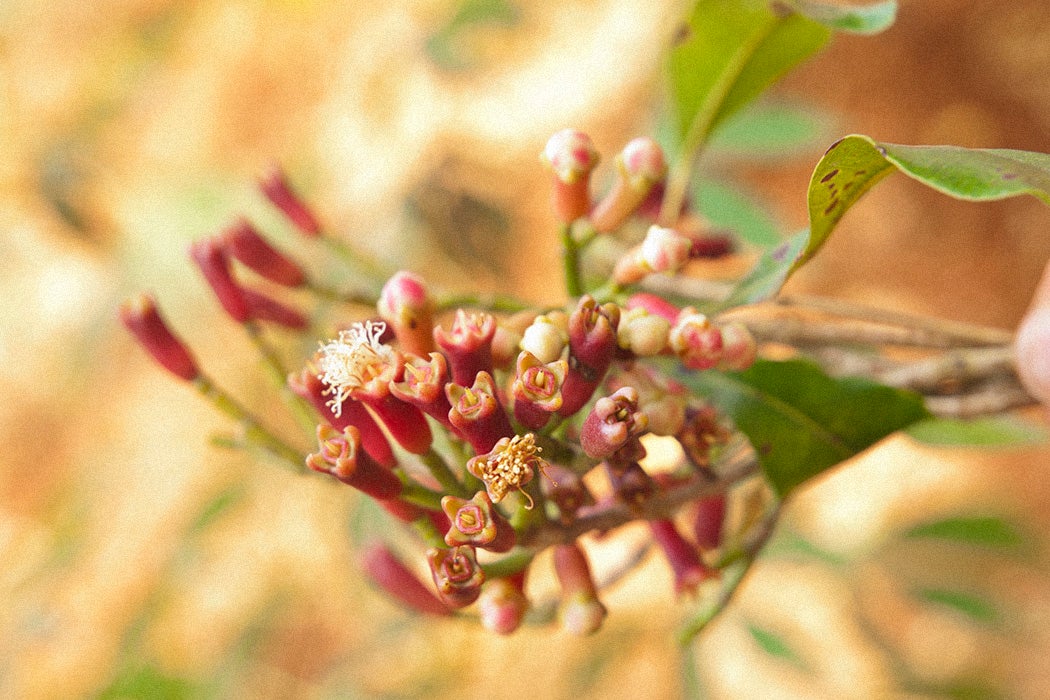
Behind one humble spice, then, lies a complex history of empires and profit, commodities and globalization. In historical descriptions and illustrations, we see the plant filtered through a prism of human intentions and desires. They illuminate the history of societies’ attempts to control humans and nature, the interdependency of multiple beings in the ecosystem, and the multivalent powers attributed to the natural world. Through colonialism designed to enrich merchants and elites, the story of the humble clove shows us how the plant ultimately became a spice recognized and prized the world over. Cloves are far more than your favorite secret ingredient in mulled wine, pumpkin pie, and eggnog.

